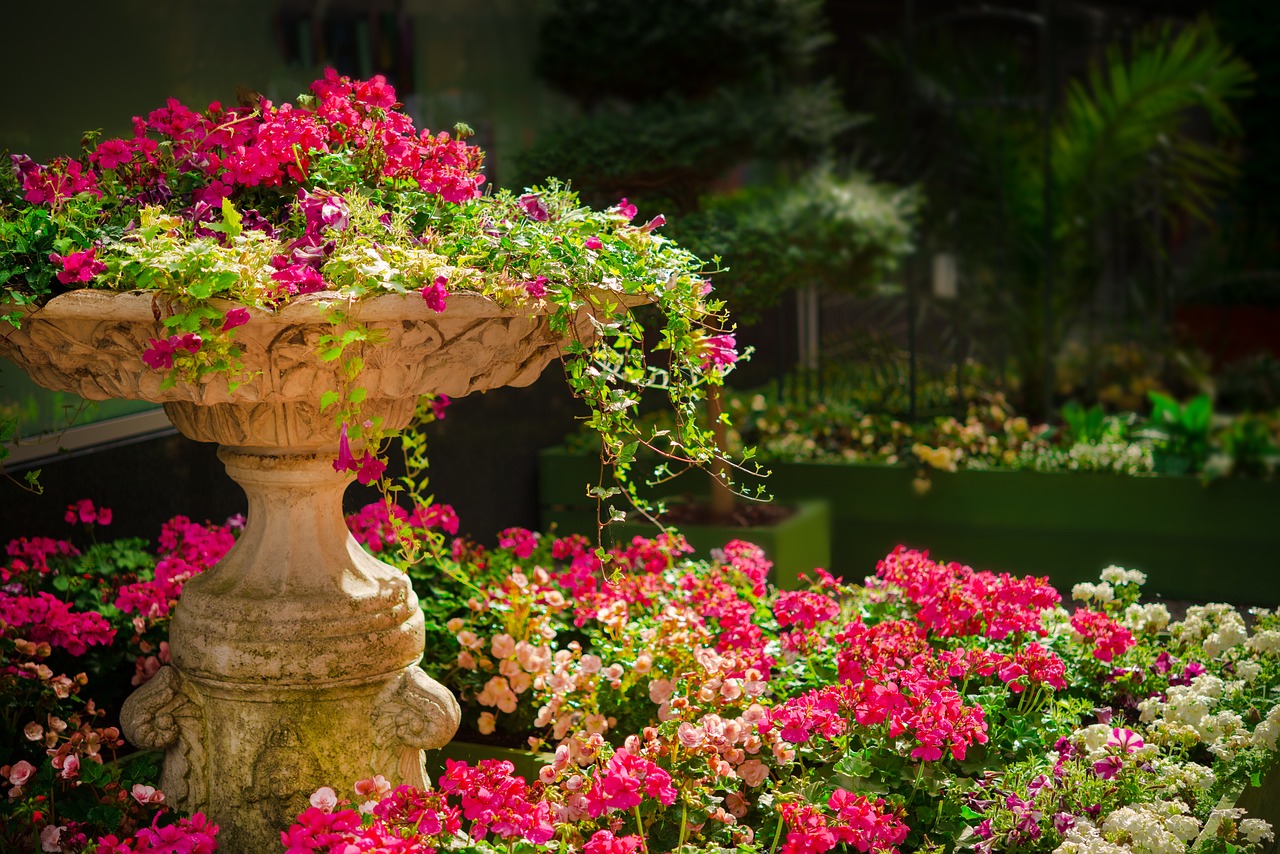Login with your member password below to see your content
Why not become a Supporter?
Click the more info button to see what we offer...
Ninfa Gardens - Italy's Eden
Gardens are different for everybody, I imagine, but there’s always something comforting about them, isn’t there? Whether yours is an acre plot, or a flower box on a balcony, or maybe just the plant you talk to at night, a garden is the place we go to soothe our souls.

The Ninfa Gardens are considered by more than a few to be the most romantic place on Earth. A bold statement, sure, but if you go there, I guarantee you’ll come away thinking, hmm, maybe it’s true. My wife and I always do. And when in Rome, we always make a point of visiting Giardino di Ninfa.
Where to Stay
Our favorite staging point is the B&B Le Principesse in neighboring Sermoneta, a couple of miles away. For a more modern experience in that ancient village, I’ve heard great things about Lelive.
Closer to the garden itself is the B&B La Rupe in the commune of Norma, where the breakfasts are enlivening and the views are to die for.
History
Ninfa (meaning nymph, after the fabled nature spirits) was once a thriving medieval town, complete with churches, towers, a town hall and over a hundred dwellings.
Sacked by mercenaries in the late 14th century, it was eventually abandoned.
Over the next 600 years the stone structures fell into decay and were gradually covered by vegetation… until 1905, when began Ninfa’s restoration into the magical place it is today.
Experience
As with so many Italian beauty spots, words fail… I suppose because Ninfa is so evocative and personal.
I could try describe the soft reeded river beds, the creeper entwined ruins, heady herby smells and ever-present birdsong, or the blossoms floating down into cascading watercourses—But, bla bla bla. It all starts to sound clichéd. Ninfa is not clichéd, it is unique.
Need to Know
Rather than describe the indescribable, here’s some practical info:
Giardino di Ninfa, as it’s called in Italian, is open to the public from April to November, and closed through the winter. For my money, May/June is the best time to go.
As you’d expect of such a delicate heritage site, entrance is controlled. So best to check their website as the garden is oftentimes closed.
I have to say, though, there is a downside. You can’t go exploring on your own, you have to take the guided tour, which lasts about an hour and ten and follows a set route.
It costs about 10 Euros.
Then again, you don’t have to pay attention to your guide – the garden itself speaks volumes – and although you must follow the set path, in Ninfa you invariably go on your own journey. It is so tranquil it almost compels self-reflection.
Despite the strict controls, it’s a must-see, with a definite wow factor.
Getting There
Public transport in the area isn’t the best, so if you can hire a car, do so. That said, the train trip from Rome to Latina Centrale is relatively painless, taking just over 30 minutes. From there, the shuttle buses will get you within walking distance, but they aren’t all that frequent.
Without a car, the easiest way from Latina is by taxi, which sets you back about 18 Euros each way.
Personally, I'd suggest spending a few days at least in the area, but, if time is limited you can also do a day tour from Rome.
What Else?
With the tours being so short in length, the garden should be considered an attraction, not a reason to stay.
Once you've explored the gardens, the Medieval village of Sermoneta beckons and invites a longer stay. You can find all the detail here, including our picks on where to eat and stay.
For the adventurous, the nearby commune of Norma is a popular paragliding center.
Eating Spots
If Ninfa is food for the soul, then the lamb at La Piccola Fontana, in Norma, is food for the body. Last we were there our meals were accompanied by a really nice house wine, friendly staff, and what is, simply, a stellar view of the surrounding countryside.
La Piccola Fontana is
definitely good bang for the old buck. But, chances are, Sermoneta
will take your fancy, where you simply have to try the superb,
family-owned Antico Emporio Stivali Fraschetta.
- HOME
- A Secret Italy Home Page
- Index
- Ninfa Gardens




